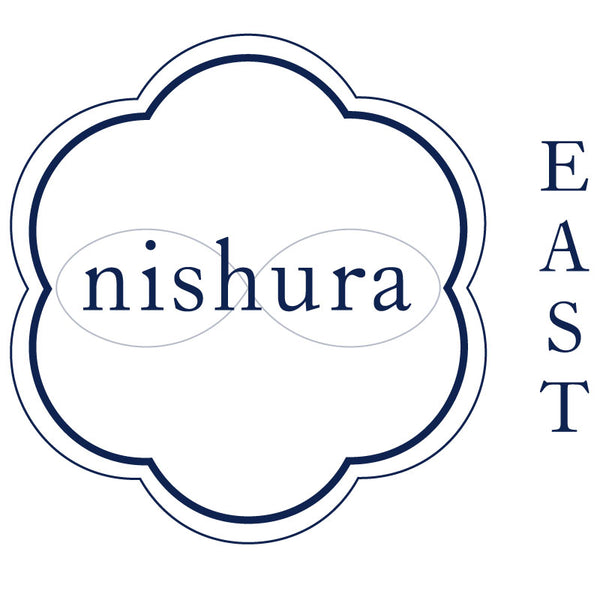Japanese stationery has earned a quiet, cult-like devotion across the globe—and for good reason. Its attention to detail, refined materials, and quietly intelligent design continue to outpace mass-market equivalents in both form and function. Among its most celebrated names are Stalogy and Hobonichi—two brands that, while different in style, are united by a shared obsession with quality and everyday usability. This week on our storytelling series we follow an exploration of how the right pairing of notebook, pen, and accessory doesn’t just enhance your planning—but deepens your connection to it.

Stalogy notebooks: less design, more intention
Stalogy is the stationery imprint of Nitoms, a materials company under the Nitto Group, originally focused on precision adhesives. Spearheaded and carefully designed by Design Director, Manabu Mizuno. Mizuno is a visionary Japanese designer whose work goes beyond branding to become a strategic and emotional expression of purpose at Stalogy. In 1998, he founded Good Design Company—not as a typical corporation, but as a studio driven by the ingenuity of individuals and a shared love of craft, particularly stationery. Mizuno’s creativity is deeply intentional, guided by simplicity, clarity, and the beauty of thoughtful detail. His influence is strongly felt in Stalogy, where he helped shape a stationery brand that fuses professional functionality with minimalist elegance. These ventures embody Mizuno’s belief that good design quietly improves life—and that passion, not process, is the true foundation of meaningful work.
The 365 Days Notebook is a quietly brilliant, ultra-thin 368-page journal designed for versatility and durability. Featuring featherweight paper and a hybrid thread-and-adhesive binding, it lies flat from day one and withstands bending without damage—ideal for on-the-go use. Each page includes a subtle 5 mm grid with faint date and time markings that are visible when needed and invisible when not, allowing seamless transitions between planning, journaling, sketching, and more. This notebook adapts to your needs, offering structure without imposing it.

Paper that disappears beneath your pen
Despite its slim profile, Stalogy’s paper is far more durable than it looks. It’s often compared to Tomoe River (used by Hobonichi) due to its thinness, but in fact it’s a unique paper engineered by Nitoms. The stock is acid-free, so it won’t yellow or degrade over time, and it carries the SES mark (Safety of Environmentally Sound products)—a Japanese environmental certification ensuring the paper is responsibly made and free from harmful substances.
What really matters, though, is how it feels. The surface is smooth, but not glassy. It takes gel ink, water-based ink, and even fountain pen ink with minimal feathering or bleed-through. The writing experience is soft, clean, and consistent—a small detail that makes a big difference when you’re using the notebook daily.

Enter Hobonichi: underrated accessories
Hobonichi’s accessories are more than afterthoughts—they are designed with the same level of care and intentionality as the planners themselves, and they pair beautifully with Stalogy notebooks.
Consider the pencil boards: slim, flexible inserts that provide a firmer writing surface beneath each page. The Hobonichi pencil board (or shitajiki) is one of those tools that only reveals its importance once you’ve used it. Insert it behind the page you're working on, and it gives you a perfectly firm writing surface while protecting the rest of the notebook from indentation.
What makes these boards exceptional is their design. Each year, Hobonichi collaborates with artists, illustrators, woodblock printers—even botanists—to release seasonal collections. They aren’t just practical inserts; they’re miniature artworks. They come in all sizes (A6, A5, Weeks) and can also serve as rulers, page markers, and dividers, without ever adding noticeable bulk to your notebook.

